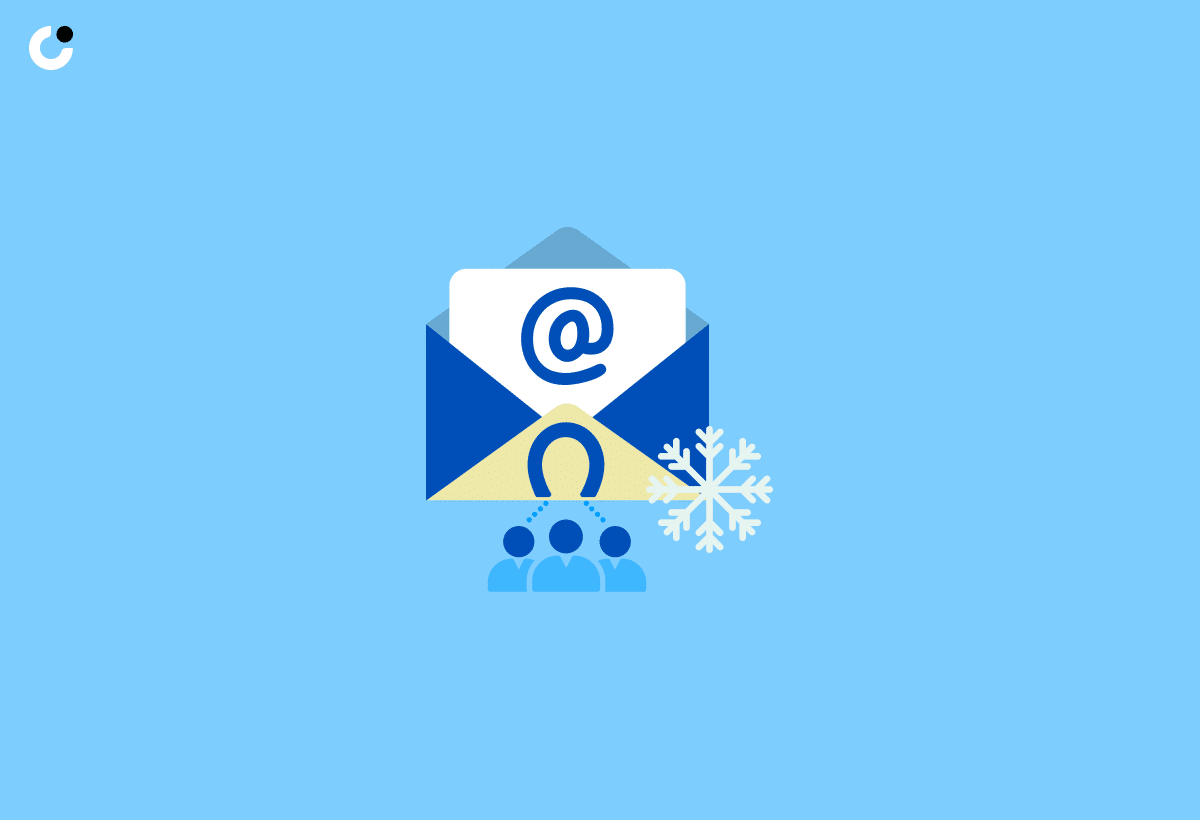Unlock the power of a marketing agency cold email template to skyrocket your lead generation! In this blog post, you’ll learn strategies to optimize every aspect of your marketing agency cold email templates, from crafting compelling subject lines to securing the next step in the sales process. Get ready to level up your cold email game and achieve outstanding results!
Key Takeaways
- Craft personalized and compelling cold emails with memorable subject lines for digital marketing success.
- Address the prospect’s pain points, present your value proposition clearly, tailor templates to different services, and leverage satisfied customer testimonials to build trust.
- Measure success by tracking key performance indicators (KPIs) and adapt templates based on performance for maximum engagement.
Crafting the Perfect Cold Email for Digital Marketing Success

Cold emailing is a powerful tool for digital marketing agencies, enabling them to initiate conversations and assess potential clients. The key to success lies in crafting personalized and compelling cold emails that demonstrate understanding and empathy toward the recipient’s pain points. Utilizing a well-designed cold sales email template can significantly improve the effectiveness of your outreach efforts.
We will examine the significant components of a successful cold email, beginning with a memorable subject line.
Crafting an Unforgettable Subject Line
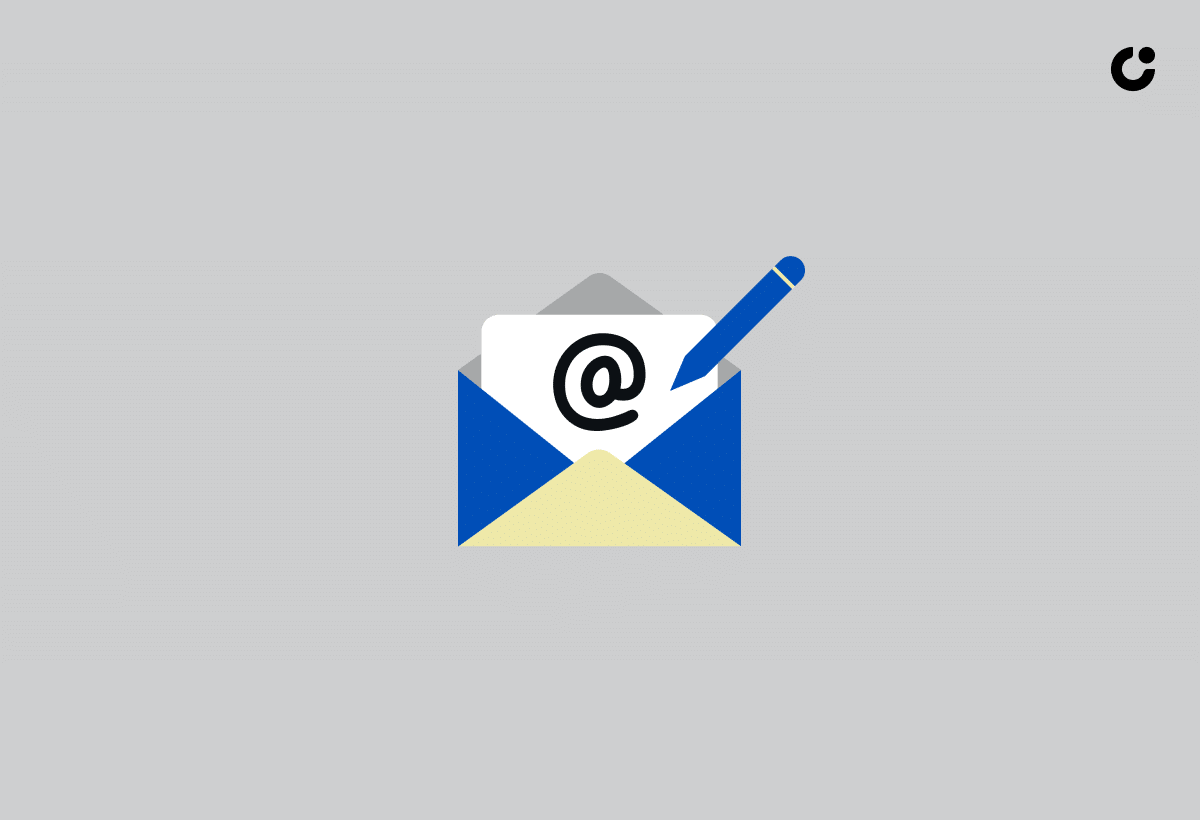
An engaging subject line plays a major role in enhancing open rates in your cold email outreach. Here are some tips for creating effective subject lines:
- Keep your subject lines concise and engaging
- Avoid overly promotional, detailed, dull, or impersonal headlines
- Remember, the subject line is the first thing your prospect sees, and it determines whether they will open the email or not.
Be honest and avoid making unrealistic promises or using misleading subject lines, as these can harm your sender's reputation and result in your email being deleted or marked as spam. The most effective approach to determining the optimal subject line for your cold email is to test, track, and refine.
Examples of personalized subject lines include “Let’s create something great together, Jake!” or “Maximizing Growth for [company. name] with Google Ads”. Creating a captivating subject line will heighten the probability of your email reaching the appropriate person within the recipient’s company, leading to a positive response.
Addressing the Prospect's Pain Point in the Opening Line

Addressing the prospect’s pain point in the opening line of your cold email demonstrates comprehension and sympathy. Show your prospect that you’ve done your research by investigating their social media posts, perusing pertinent online forums, and staying abreast of industry news. Personalization plays a pivotal role in cold emails, reflecting that the sender has invested some time in understanding the recipient and their company.
Incorporating the recipient’s name in the introduction of a cold email can make the email more enticing to open. Initiating a cold email with a compliment can pique the recipient’s curiosity and motivate them to read the email. For instance, the opening line can be something like “Hi Jake, I noticed your company has been making waves in the industry lately!” Addressing the prospect’s pain points in a tailored manner can make your email more appealing to the recipient, increasing the chances of receiving a response.
Presenting Your Value Proposition Clearly and Concisely

Present your value proposition clearly and concisely in your cold email to demonstrate the benefits of your services. For example, you can emphasize how your agency assisted a company in augmenting their checkout conversion rate by 45% with a few minor adjustments, and offer to illustrate how they achieved this.
Highlighting your unique value proposition gives prospects a convincing reason to engage with your email and contemplate your services.
Tailoring Templates for Different Services
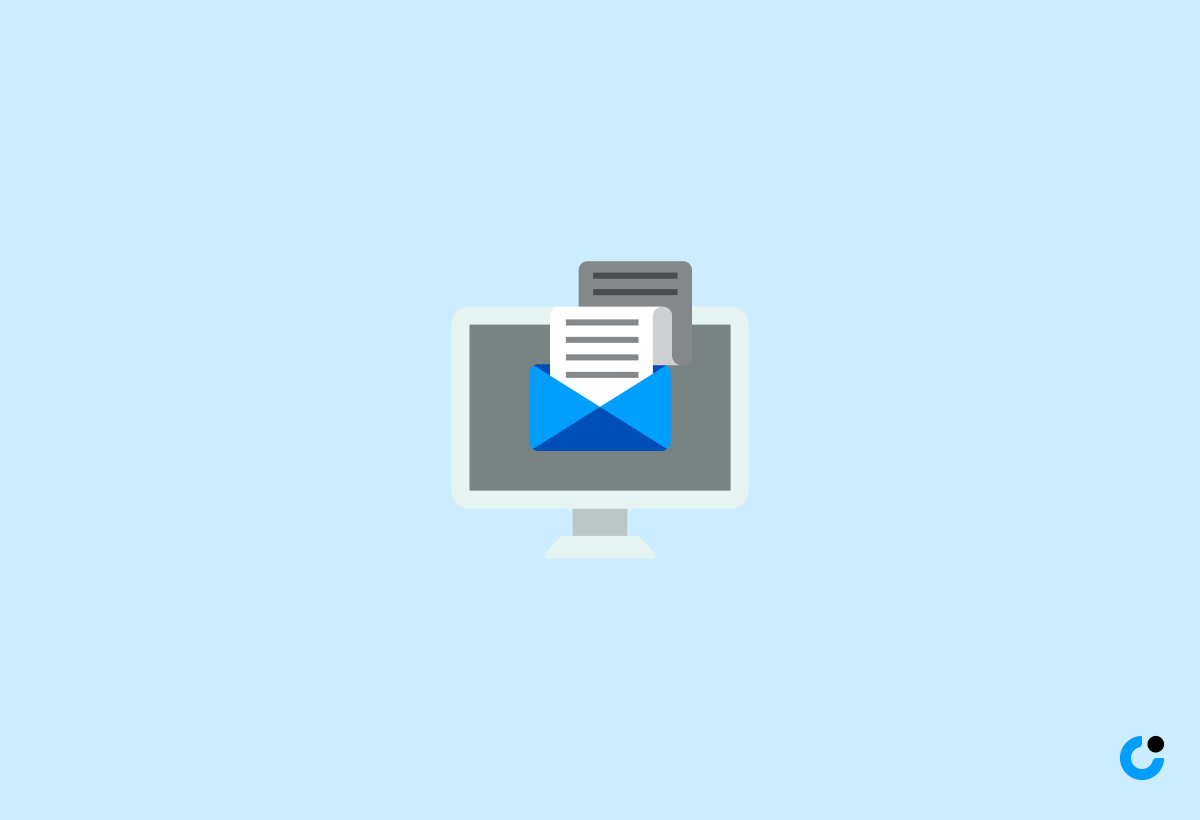
Adapting templates for varying services plays a significant role in addressing the distinct needs of your target audience. By tailoring your cold email templates for various services, such as SEO, PPC, and content marketing, you can effectively target the specific pain points and requirements of your prospects.
The subsequent sections will detail how to modify templates for various services to improve your cold email strategy.
SEO Service Pitch: Boosting Organic Traffic

Offering SEO services in your cold email can help prospects increase organic traffic and improve search engine rankings. By emphasizing the benefits of your SEO services, such as higher search engine rankings and a boost in organic traffic, you can effectively demonstrate the value of your offering and persuade prospects to consider your services.
Incorporate specific instances of prior success stories and case studies to reinforce your field expertise.
PPC Campaign Offer: Maximizing ROI
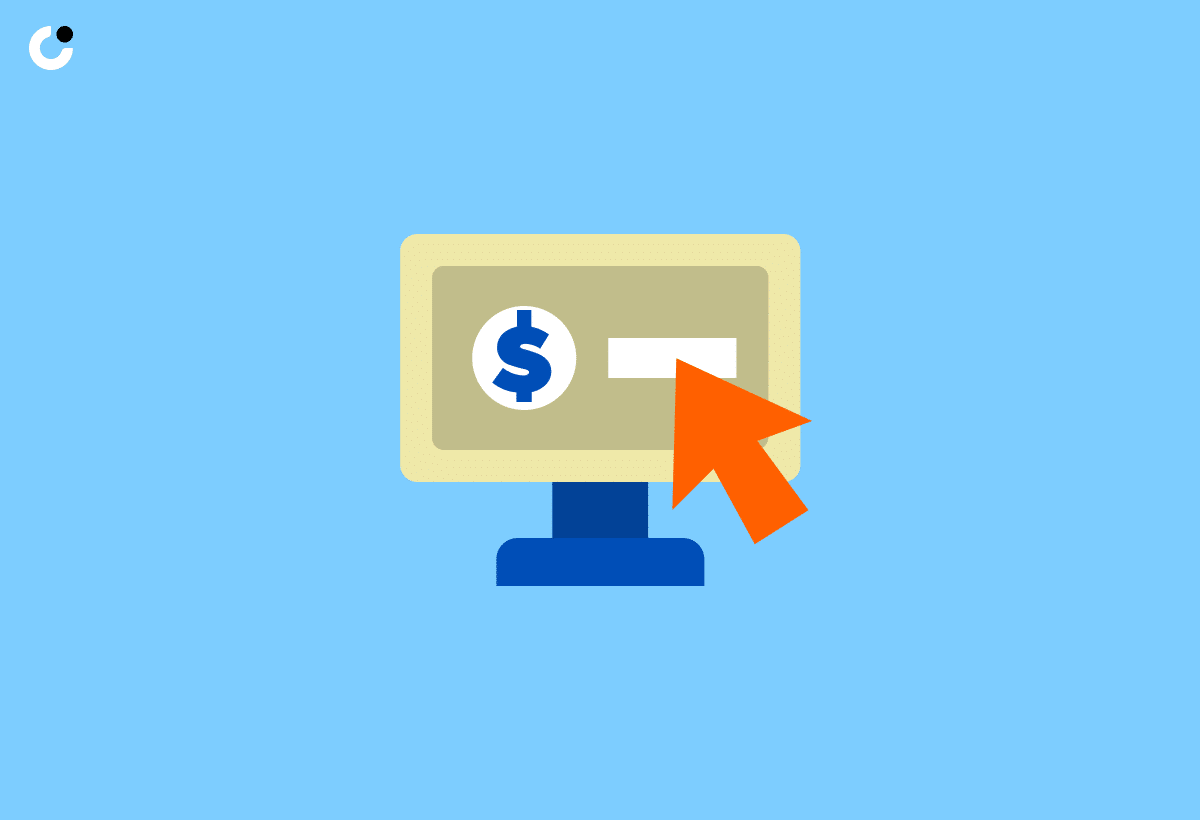
Proposing PPC campaigns in your cold email can help prospects maximize their return on investment (ROI) and drive targeted traffic to their website. By showcasing the advantages of your PPC services, such as higher conversion rates and better targeting capabilities, you can effectively communicate the value of your offering and persuade prospects to consider your services.
Incorporate specific instances of prior success stories and case studies to reinforce your field expertise.
Content Marketing Strategy Proposal: Engaging Audiences

Suggesting content marketing strategies in your cold email can help prospects engage their audience and build brand awareness. By showcasing the benefits of your content marketing services, such as increased audience engagement, higher brand recognition, and better customer retention, you can effectively demonstrate the value of your offering and persuade prospects to consider your services.
Incorporate specific instances of prior success stories and case studies to reinforce your field expertise.
The Art of Following Up: Timing and Tactics
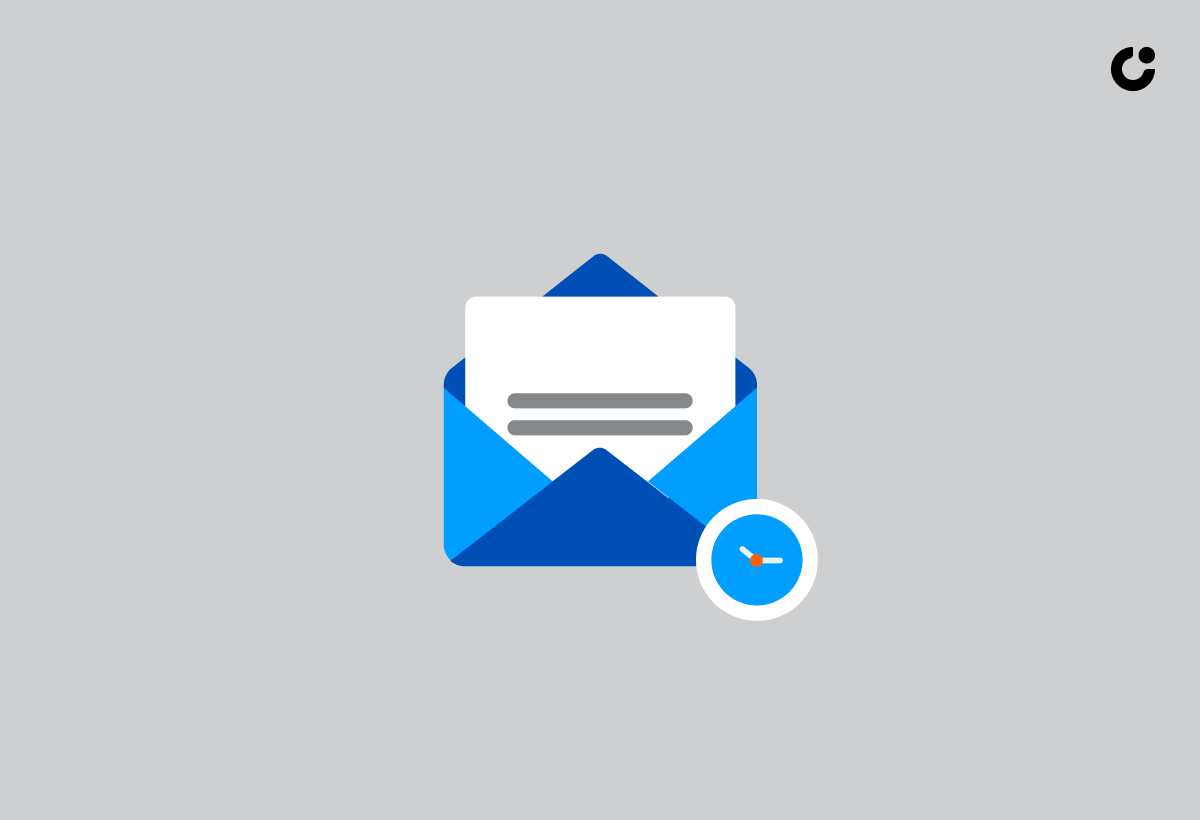
Perfecting follow-ups with prospects is fundamental to attaining notable outcomes and boosting response rates. The timing and tactics of your follow-ups can greatly impact the success of your cold email strategy.
The upcoming sections will detail the best timing to send the first follow-up email and ways to add value in each follow-up to maintain prospect engagement and interest.
When to Send the First Follow Up Email

Determining the best time to send the first follow-up email is crucial to maintaining interest and optimizing response rates. It is generally recommended to wait three to five business days between follow-up emails. Additionally, Tuesdays, Wednesdays, and Thursdays typically provide higher open rates and response rates.
Sending your follow-up emails at the optimal time can enhance the chances of your prospect taking the desired action and advancing in the sales process.
Adding Value in Each Follow Up

It’s important to add value in each follow-up to maintain prospect engagement and interest in your offering. By providing helpful resources, offering personalized compliments, giving a reason to respond, and including a clear call-to-action, you can effectively maintain engagement and optimize the success of your cold email campaign.
Remember, persistence is key for sales reps, as it often takes multiple follow-ups to generate a response from a busy prospect.
Enhancing Email Credibility: From Social Proof to Case Studies

Boosting email credibility is crucial to fostering trust and warding off the perception of a phishing attempt. By leveraging social proof, such as satisfied customer testimonials and impactful case studies, you can bolster confidence in your services and increase the likelihood of a response.
The subsequent sections will cover methods to use satisfied customer testimonials and present influential case studies to boost email credibility.
Leveraging Satisfied Customer Testimonials
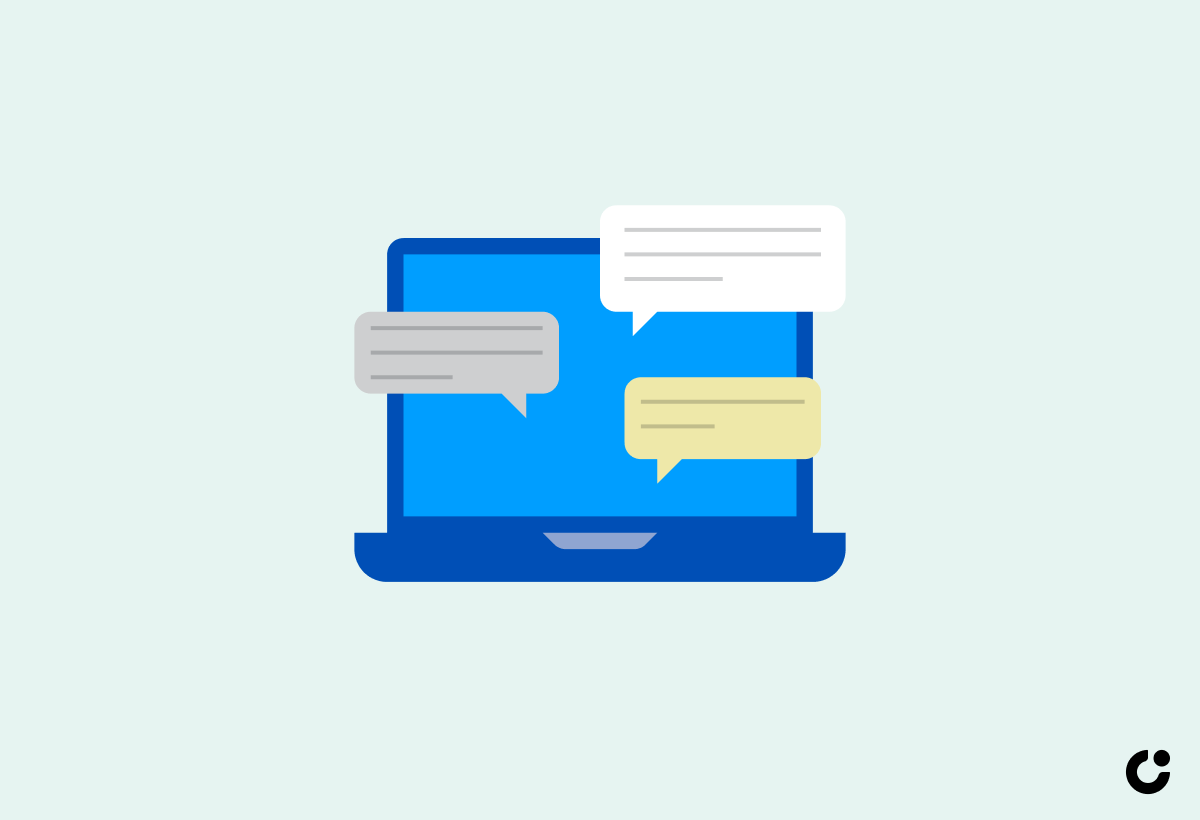
Utilizing satisfied customer testimonials in your cold emails can help build trust and credibility with your prospects. By sharing genuine feedback from satisfied customers, you furnish social proof and demonstrate the value of your services to potential clients.
Consider incorporating quotes or short testimonials from satisfied customers in your email body to add credibility and encourage prospects to engage with your email.
Showcasing Impactful Case Studies

Sharing impactful case studies in your cold emails can demonstrate the success of your services and the potential outcomes that can be achieved for your prospect’s company. By providing real-life examples of how your services have helped previous clients, you can effectively communicate the value of your offering and persuade prospects to consider your services.
Include specific details, such as statistics and results, to validate your expertise and build credibility with prospects.
Mobile Optimization: Ensuring Readability on All Devices

Optimization of emails for mobile devices is critical to ensure readability and engagement. With the majority of emails being opened on mobile devices, it is crucial to ensure that your cold emails are properly displayed and formatted for mobile viewing. The subsequent sections will cover creating responsive email designs and maintaining concise yet impactful content for mobile users.
Creating Responsive Email Designs

The creation of responsive email designs is fundamental to ensure compatibility with a variety of screen sizes and devices. By crafting emails with a single-column layout, and suitable font sizes, and maintaining content hierarchy, you can guarantee that your emails are easily readable on mobile devices. This improves the user experience, resulting in higher open, conversion, and click-through rates, as well as lower unsubscribe rates.
Ensure that your email templates are optimized for mobile viewing to enhance the effectiveness of your cold email campaign.
Brief and Impactful Content for Mobile Users
Keeping content brief and impactful for mobile users is essential to maintain engagement and interest. Mobile users often have shorter attention spans and prefer concise content that gets straight to the point. By optimizing your email content for mobile users, you can effectively communicate your message and encourage prospects to take action.
To improve readability and engagement on mobile devices, consider using shorter paragraphs, bullet points, and clear headings in your blog post.
Personalization at Scale: Tools and Techniques
Tailoring cold emails at a large scale is vital for efficiency and result optimization. By utilizing tools and techniques that enable personalization, you can craft compelling cold emails that resonate with your target audience and generate better response rates.
The upcoming sections will provide details on using mail merge features and automation for regular follow-ups.
Utilizing Mail Merge Features
Mail merge features enable you to personalize emails for each recipient by including dynamic fields, such as recipient names, company names, or other personalized data, in the email content. By using mail merge features, you can expedite the process of sending personalized emails to multiple recipients, enhancing engagement and optimizing the effectiveness of your email marketing strategies.
Employing mail merge features can save time and ensure that your cold emails resonate with your prospects.
Automation for Consistent Follow Ups
The automation of follow-ups is vital for maintaining consistency and time-saving during the sales process. By utilizing tools and techniques for automated follow-ups, you can ensure that your prospects receive timely and relevant communication, increasing the likelihood of engagement and response.
Automation allows you to focus on other tasks while maintaining a consistent follow-up schedule, ultimately leading to better results and a more efficient sales process.
Call to Action: Securing the Next Step
Creating persuasive calls to action (CTAs) is key to directing prospects toward the intended outcome and advancing to the next step in the sales process. A well-crafted call to action motivates the recipient to take action and advance in the sales process.
The subsequent sections will discuss creating clear and straightforward calls to action and providing various contact options for your prospects.
Clear and Direct Calls to Action
Using clear and direct calls to action in your cold emails is essential for guiding prospects toward the desired outcome. By providing a clear call to action, there is no room for misinterpretation or uncertainty, allowing the recipient to comprehend what action needs to be taken. Additionally, incorporating cold calls into your outreach strategy can further enhance your communication with potential clients.
Direct calls to action are unambiguous and direct, leaving no doubt. This clarity and directness increase the likelihood of the recipient responding to the call to action, leading to a higher response rate.
Offering Multiple Contact Options
Offering multiple contact options in your cold emails caters to different preferences and facilitates engagement with your prospects. By providing a variety of contact options, such as phone, email, and website URL, you enable the recipient to select the most suitable method of contact for them. This increases the likelihood of a response and nurtures trust with the recipient.
Remember, the more comfortable you make it for the right person to respond, the more likely they are to do so.
Avoiding the Spam Folder: Deliverability Best Practices
Steering clear of the spam folder is fundamental to guarantee that your cold emails reach the intended recipients. By following deliverability best practices, you can help guarantee that your emails arrive in the prospect’s inbox, increasing the likelihood of engagement and response.
The upcoming sections will cover maintaining a positive sender reputation and domain health, along with adhering to content and formatting guidelines to avoid triggering spam filters.
Sender Reputation and Domain Health
Maintaining a good sender reputation and domain health is essential for ensuring the deliverability of your cold emails. By adhering to best practices and avoiding actions that could negatively impact your sender's reputation, you can help guarantee that your emails are successfully delivered to the recipient’s inboxes.
This includes authenticating your email accounts with SPF and DKIM, avoiding spam trigger words, and using reliable email service providers.
Content and Formatting Guidelines
Following content and formatting guidelines is essential to avoid triggering spam filters and ensure the deliverability of your cold emails. By adhering to best practices, such as using plain text emails, avoiding excessive images and hyperlinks, and ensuring that your email content is relevant and engaging, you can help guarantee that your emails are successfully delivered to the recipient’s inboxes.
Remember, the more effectively your emails are delivered, the higher your chances of generating a response and achieving success with your cold email campaign.
Measuring Success: Tracking Metrics and Adjusting Strategy
Assessing the success of your cold email campaigns is vital for ongoing refinement and optimization. By tracking metrics, such as open and response rates, you can gain valuable insights into the effectiveness of your cold email strategy and make data-driven decisions to enhance your results.
The subsequent sections will detail monitoring key performance indicators for cold emails and adjusting templates based on performance.
Key Performance Indicators for Cold Emails
Monitoring key performance indicators (KPIs), such as open and response rates, is essential for evaluating the success of your cold email campaign. By tracking and analyzing these metrics, you can identify areas of improvement and make necessary adjustments to your cold email strategy. This will enable you to optimize your email campaigns and achieve better results in terms of engagement and response rates.
Adapting Templates Based on Performance
Adapting your cold email templates and strategies based on performance is crucial for continuous improvement and achieving better results. By analyzing the performance of your email templates and making necessary modifications, you can maximize engagement and optimize the success of your cold email campaigns.
This includes refining subject lines, body copy, calls-to-action, and design elements based on the open rates, click-through rates, and conversion rates of your emails.
Summary
In conclusion, crafting the perfect cold email is an art that requires a combination of personalization, engaging content, and strategic follow-ups. By mastering these techniques and adapting your templates based on performance, you can skyrocket your lead generation and achieve outstanding results in your digital marketing campaigns. Embrace the power of cold email templates and unlock your full potential in the world of digital marketing!
Frequently Asked Questions
How can I create an attention-grabbing subject line for my cold email?
Capture your reader's attention with a concise and engaging subject line that reflects your message. Avoid being overly promotional, detailed, dull, or impersonal.
What is the optimal length for a cold email to avoid spam filters?
For cold emails to avoid spam filters, an optimal length is between 50-125 words; about 5-15 lines of text in a professional tone that makes a connection with the reader and includes a clear conclusion.
How can I personalize my cold emails to make them more engaging for the recipient?
Address the recipient's individual needs and interests in your opening line, tailor your message to their specific services, and make sure to use a professional tone.
What tools can I use to measure the success of my cold email campaigns?
Tools such as Woodpecker, Reply, Mailshake, Lemlist, SalesBlink, QuickMail, SmartReach.io, Competitors App, UpLead, Grammarly, Hunter.io, and EmailAnalytics can be used to measure the success of cold email campaigns.
How can I maintain a good sender reputation and ensure the deliverability of my cold emails?
Authenticate your emails with SPF and DKIM, avoid using spammy words, and use reliable service providers to maintain a good sender reputation and ensure the deliverability of your cold emails.

